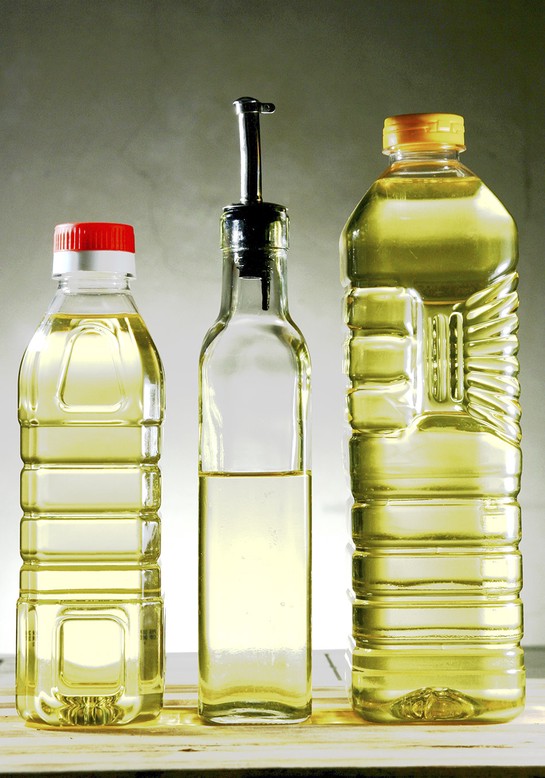5 Kitchen Habits Costing You a Fortune
Even if you're buying in-season produce and on-sale chicken, you could be missing these hidden costs of cooking dinner.
By Lynn Andriani
Always, Always Starting with Olive Oil
Home cooks tend to rely on pricey olive oil for sautéing foods but, says chef Robert Irvine, who has appeared on Restaurant: Impossible, professionals often do the bulk of their cooking with cheaper oils, such as canola, grapeseed or safflower, and save high-end olive oil for finishing dishes. This frugal move (a 16-ounce bottle of olive oil starts around $8 and can cost much more, while 48 ounces of canola oil is about $3) can actually make your food taste better, too. That's because canola and other nonolive oils have a higher smoke point, so you can get the pan and the oil very hot, which helps give whatever you're cooking—such as a chicken breast or a fish fillet—a browned crust, without it absorbing tons of oil. Save olive oil for salad dressings and for drizzling over food just before serving, to give it a little extra flavor.
Published 08/27/2014


